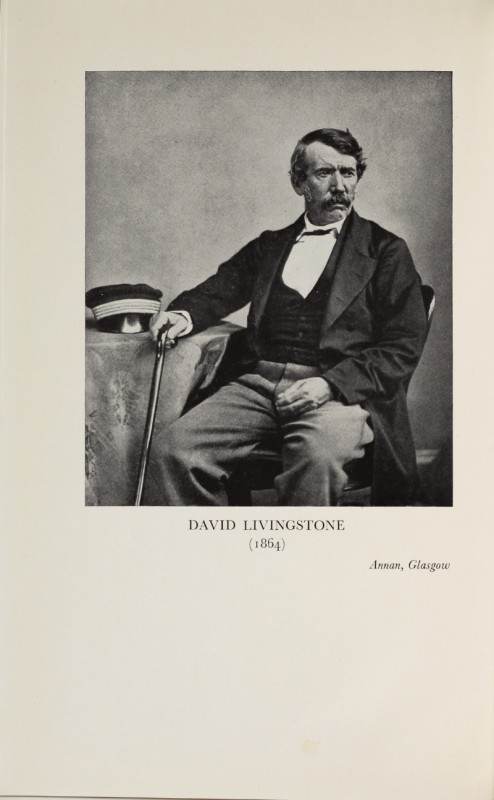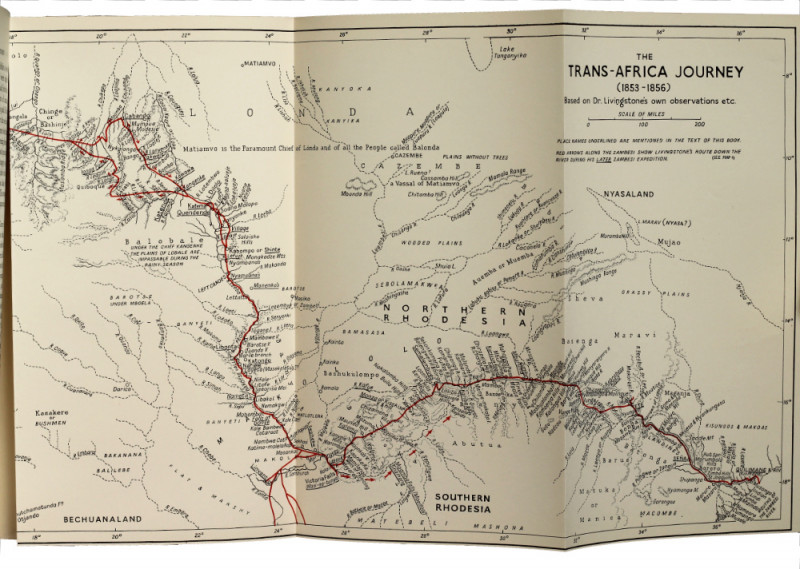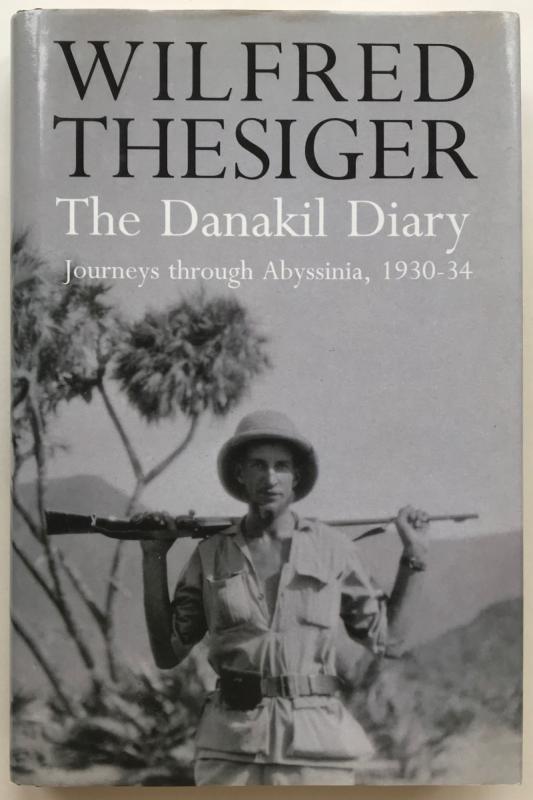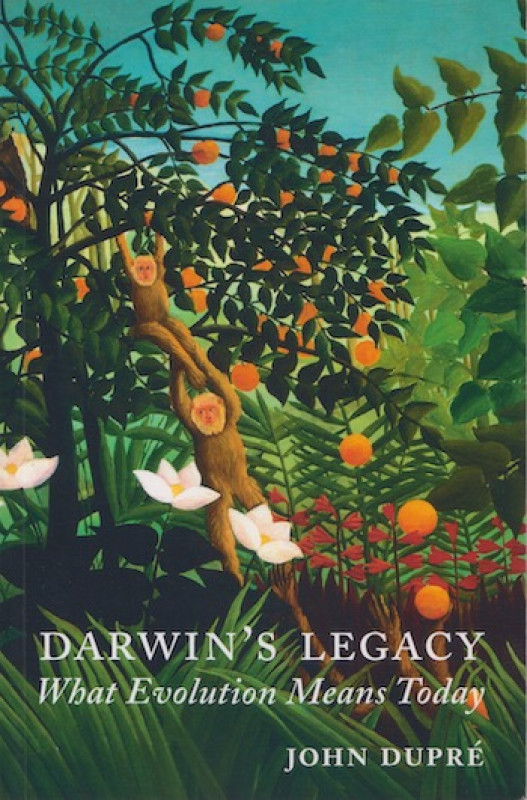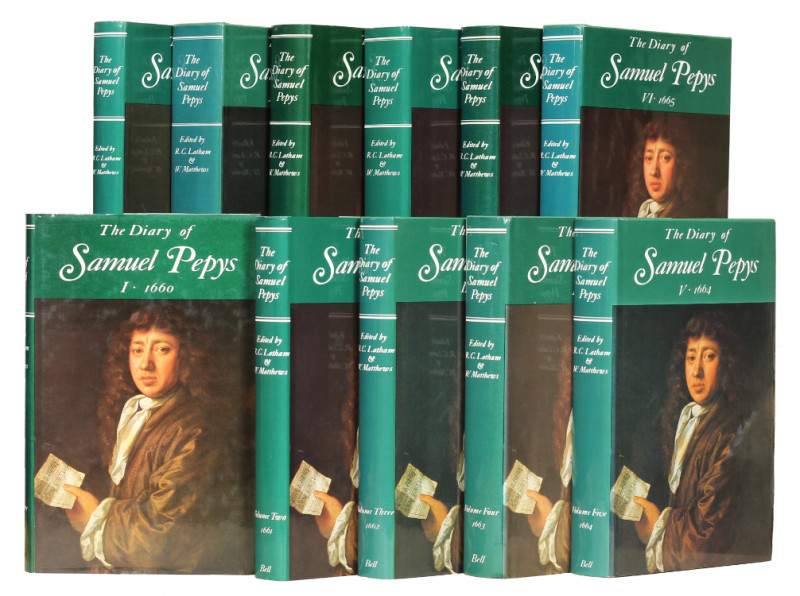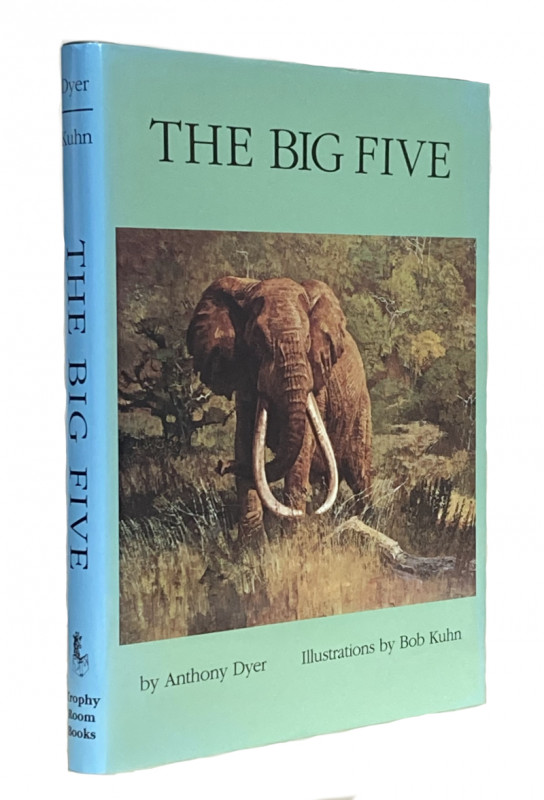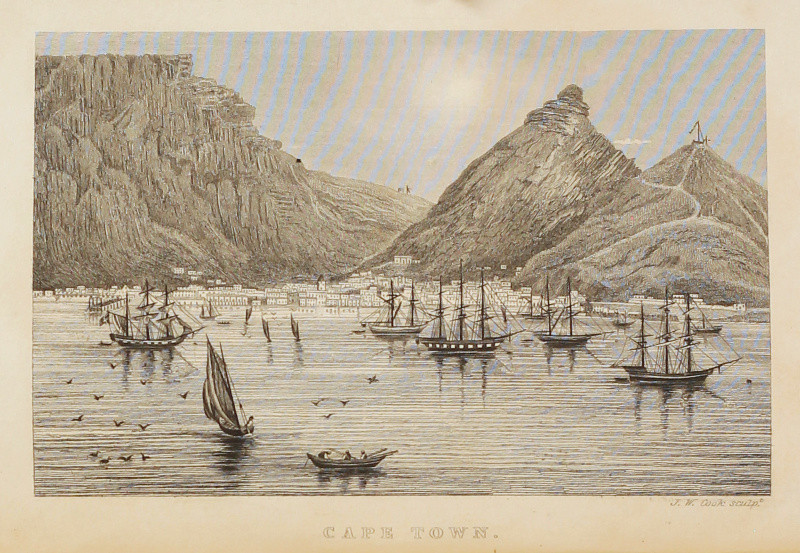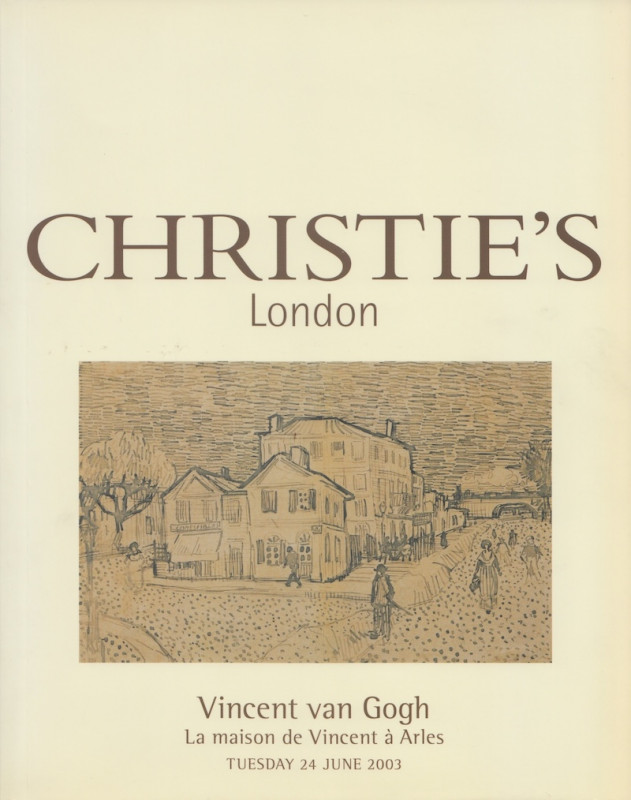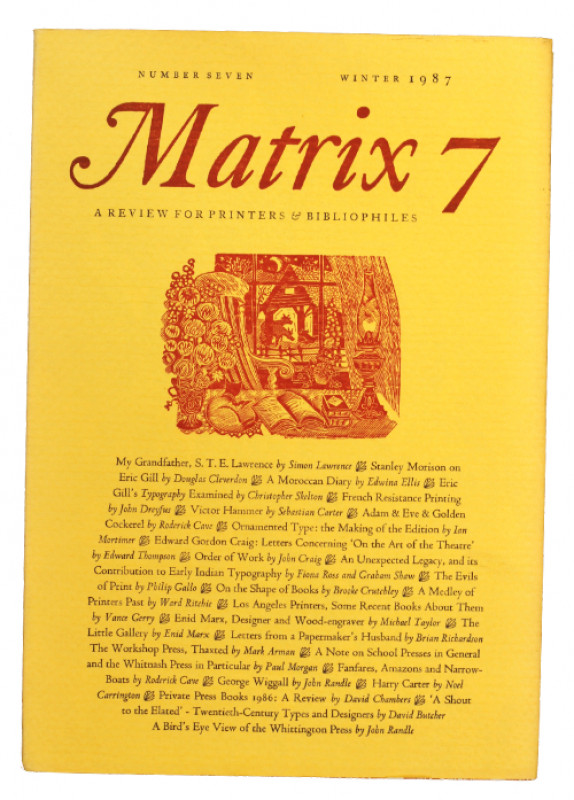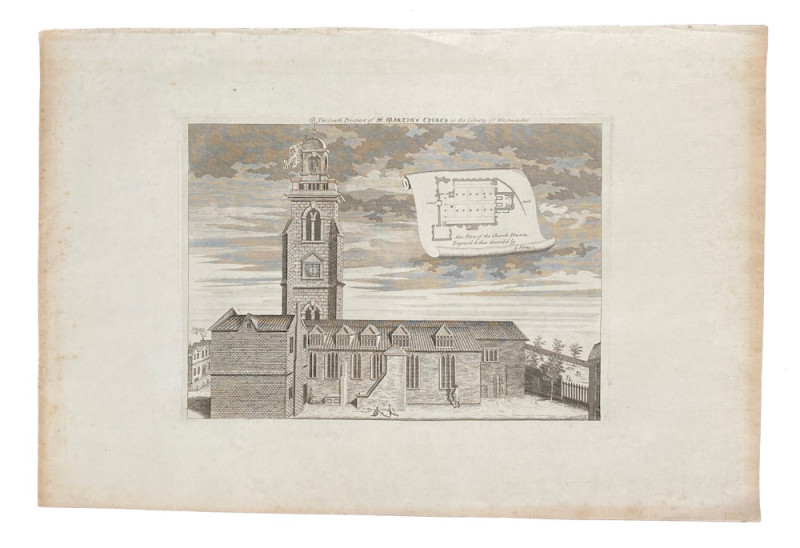David Livingstone: His Life and Letters [from the library of Quentin Keynes]




Book Description
‘ONE OF THE MOST IMPORTANT LIVINGSTONE BIOGRAPHIES […]. SEAVER’S APPROACH IS ONE OF ALLOWING LIVINGSTONE TO SPEAK FOR HIMSELF WHENEVER POSSIBLE’
Octavo (221 x 141mm), pp. 650, [2 (final blank l.)]. Half-tone portrait frontispiece after Annan and 3 half-tone plates. Five maps, 3 with routes in red and 2 folding. (A few light marks.) Original dark-blue cloth, spine lettered and ruled in gilt, map endpapers, dustwrapper, not priceclipped. (Extremities slightly bumped, dustwrapper slightly scuffed and marked, edges slightly creased and torn, causing small losses.) A very good copy.
Provenance: Quentin George Keynes FRGS (1921-2003).
Octavo (221 x 141mm), pp. 650, [2 (final blank l.)]. Half-tone portrait frontispiece after Annan and 3 half-tone plates. Five maps, 3 with routes in red and 2 folding. (A few light marks.) Original dark-blue cloth, spine lettered and ruled in gilt, map endpapers, dustwrapper, not priceclipped. (Extremities slightly bumped, dustwrapper slightly scuffed and marked, edges slightly creased and torn, causing small losses.) A very good copy.
Provenance: Quentin George Keynes FRGS (1921-2003).
Dealer Notes
First edition. Written by the cleric and historian, George Seaver (1890-1976), who had served as Assistant Native Commissioner, Northern Rhodesia (1919-1924), David Livingstone: His Life and Letters is ‘[o]ne of the most important Livingstone biographies […]. Seaver’s approach is one of allowing Livingstone to speak for himself whenever possible […]. In addition to full use of several of the best known manuscript collections, the work is based on consultation in the standard printed sources. In some ways the first modern biography, the book’s principal shortcoming is its lack of analysis’ (Casada).
This copy was previously in the noted collection of the explorer and bibliophile Quentin Keynes, who travelled extensively in Africa throughout the second half of the twentieth century, and collected a remarkable library of books and manuscripts relating to the exploration of Africa, particularly during the nineteenth century. Some of these works provided the basis for Keynes’s Roxburghe Club book The Search for the Source of the Nile: Correspondence between Captain Richard Burton, Captain John Speke and Others, from Burton’s Unpublished East African Letter Book; together with Other Related Letters and Papers (London, 1999) and his collection was also a resource that he drew upon for his own travels in Africa. For example, in 1958, the centenary of Livingstone’s expedition up the Zambezi River, Keynes retraced Livingstone’s route and identified baobab tree into the internal cavity of which Livingstone had carved his initials on 16 September 1858. The tree – which had not previously been located – ‘was soon afterwards declared by the Portuguese government of Mozambique to be an historical monument in honour of David Livingstone’ (S.D. Keynes, Quentin Keynes: Explorer, Film-Maker, Lecturer and Book-Collector 1921-2003 (Cambridge, 2004), p. 217).
Muller et al., A Select Bibliography of South African History, 2321; cf. Casada, Dr. David Livingstone and Sir Henry Morton Stanley, 142 (1st US ed.).
* * *
You may also enjoy reading our new Africa catalogue!
Note for UK collectors: this and all our listed books and manuscripts are available directly from our website: www.typeandforme.com
International collectors: please contact us to arrange shipping and order.
This copy was previously in the noted collection of the explorer and bibliophile Quentin Keynes, who travelled extensively in Africa throughout the second half of the twentieth century, and collected a remarkable library of books and manuscripts relating to the exploration of Africa, particularly during the nineteenth century. Some of these works provided the basis for Keynes’s Roxburghe Club book The Search for the Source of the Nile: Correspondence between Captain Richard Burton, Captain John Speke and Others, from Burton’s Unpublished East African Letter Book; together with Other Related Letters and Papers (London, 1999) and his collection was also a resource that he drew upon for his own travels in Africa. For example, in 1958, the centenary of Livingstone’s expedition up the Zambezi River, Keynes retraced Livingstone’s route and identified baobab tree into the internal cavity of which Livingstone had carved his initials on 16 September 1858. The tree – which had not previously been located – ‘was soon afterwards declared by the Portuguese government of Mozambique to be an historical monument in honour of David Livingstone’ (S.D. Keynes, Quentin Keynes: Explorer, Film-Maker, Lecturer and Book-Collector 1921-2003 (Cambridge, 2004), p. 217).
Muller et al., A Select Bibliography of South African History, 2321; cf. Casada, Dr. David Livingstone and Sir Henry Morton Stanley, 142 (1st US ed.).
* * *
You may also enjoy reading our new Africa catalogue!
Note for UK collectors: this and all our listed books and manuscripts are available directly from our website: www.typeandforme.com
International collectors: please contact us to arrange shipping and order.
Author
SEAVER, George
Date
1957
Publisher
London: William Clowes and Sons, Limited for Lutterworth Press
Friends of the PBFA
For £10 get free entry to our fairs, updates from the PBFA and more.
Please email info@pbfa.org for more information
